Ferdinand Hodler – The Painter Who Revolutionized Swiss Art
Ferdinand Hodler was one of the principal figures of 19th-century Swiss painting. Hodler worked in many styles during his life. Over the course of...
Louisa Mahoney 25 July 2024
Pablo Picasso, perhaps the most influential and recognizable painter of the 20th century, is well known for his tumultuous (or even abusive) relationships. Although he had many lovers throughout his life, only eight of them became his muses– the women we can still admire in his paintings today. What is the real story behind Pablo Picasso’s and his complicated relationship with women?
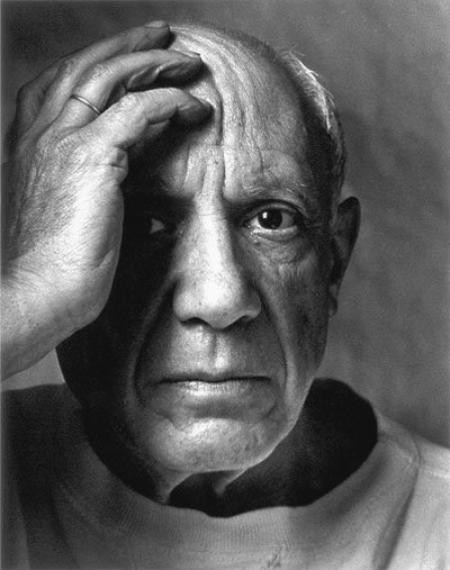
The first of Picasso’s muses was Fernande Olivier who was also his first long-time partner. She is depicted in many pieces from his “rose period.” The painter met this striking beauty in Paris and was smitten by her red hair and gorgeous eyes. As the years passed, however, Picasso became very possessive with Olivier, and in the end, she had no choice but to leave him.
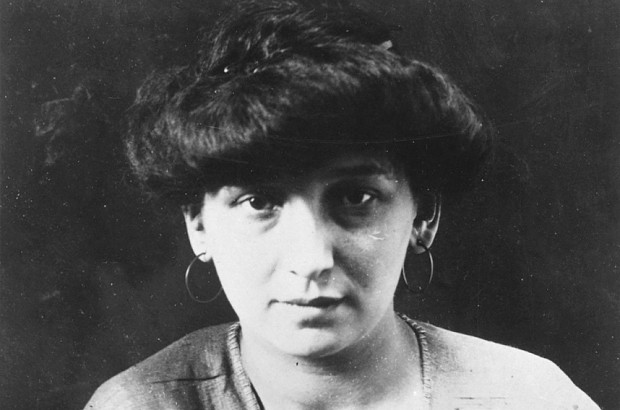


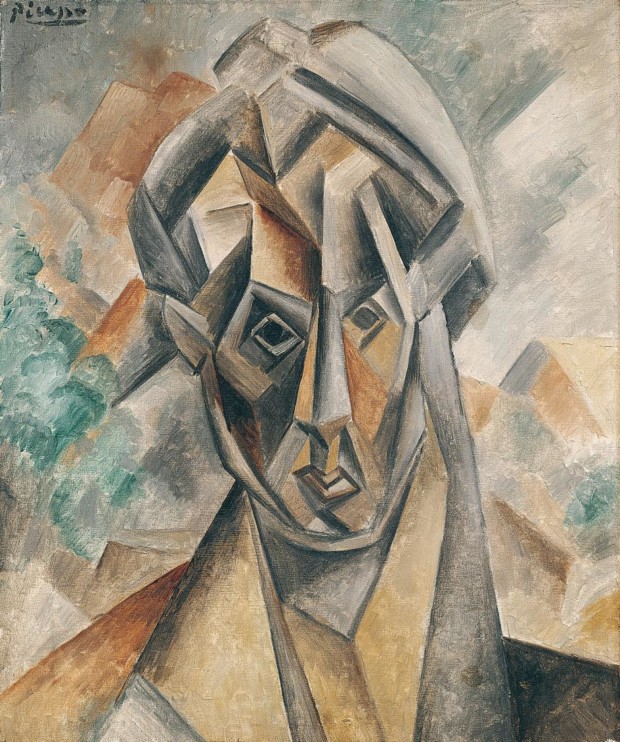



The second of his muses was Eva Gouel (Marcelle Humbert) who was one of Fernande’s friends. Once she and Picasso became a couple, they stayed together for three years. Gouel is often called the “queen of his Cubist works.” Unfortunately, she was diagnosed with tuberculosis, and Picasso quickly began an affair with another woman.
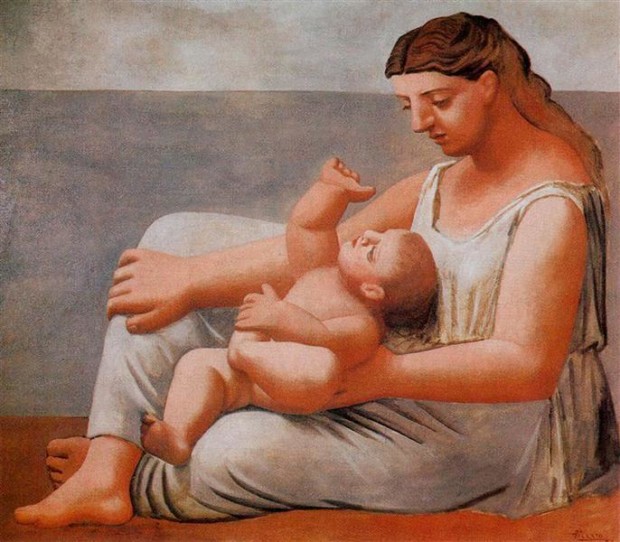


Following Gouel’s death, the painter left France and moved to Italy, falling in love with Olga Khokhlova, a Russian ballerina. She was his first wife and, interestingly, disliked his Cubist style. She demanded to be painted in a completely different way.
The couple had a son, Paulo, who inspired Picasso to begin a series of paintings entitled Maternité. Due to Picasso’s flirtatious character and his refusal to stop having extra-marital affairs, his wife suffered from a breakdown. In the end, she left with their son and moved to the south of France.

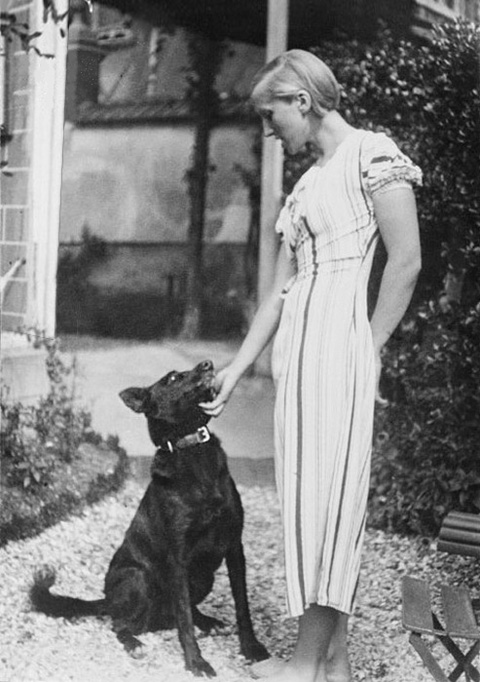
The fourth of Picasso’s muses was Marie-Thérèse Walter, who only at 17 got pregnant with the artist while he was still married to Khokhlova. Walter was 29 years younger than Picasso and was easily manipulated by him. They had a daughter named Maya but they eventually grew apart because of the artist’s unfaithful ways.
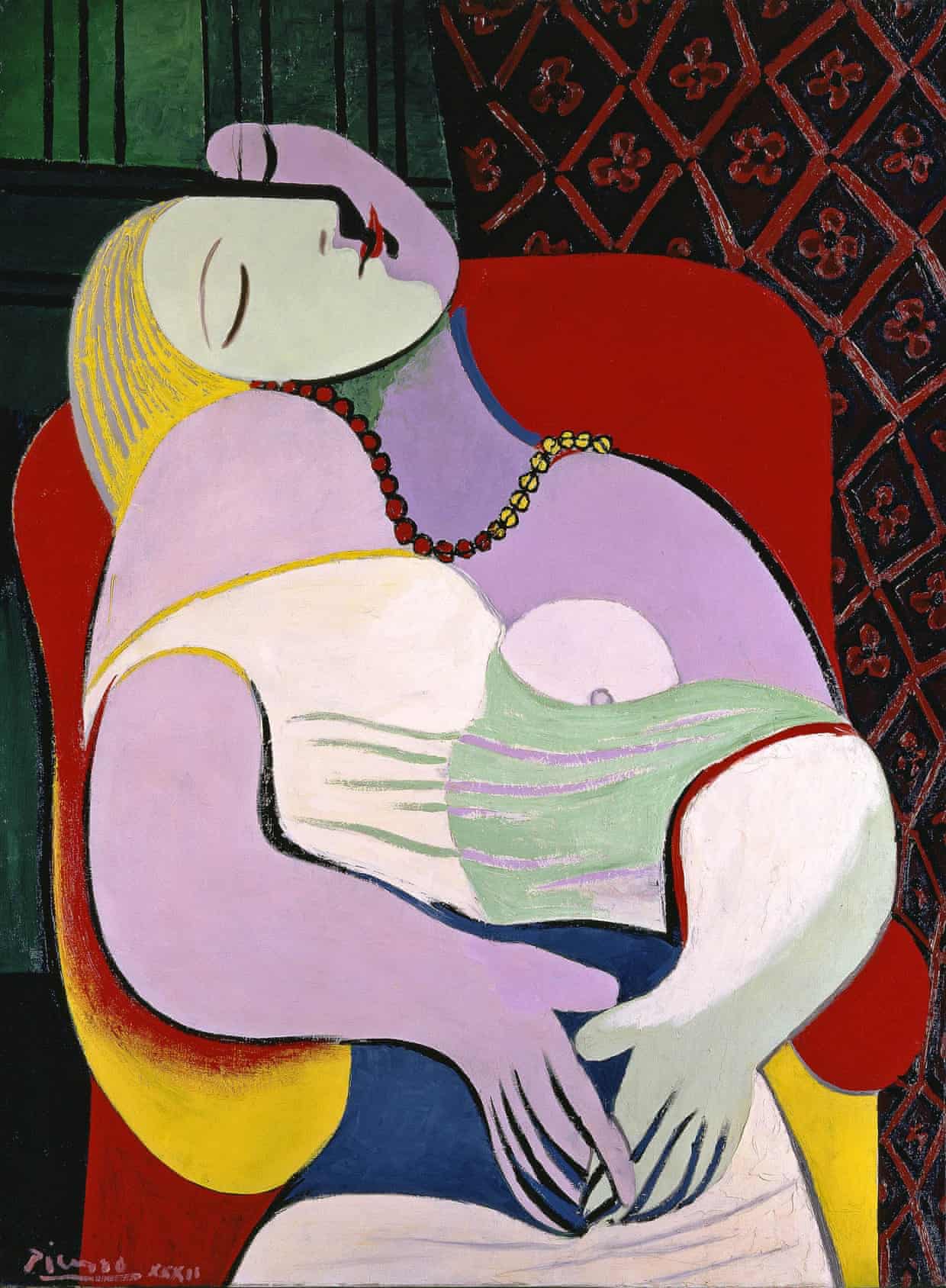
The woman he began having an affair with while still with Marie-Thérèse Walter was Dora Maar. She had similar passions to him. She was a photographer and a Surrealist painter herself. Maar was present while Picasso created his masterpiece Guernica.
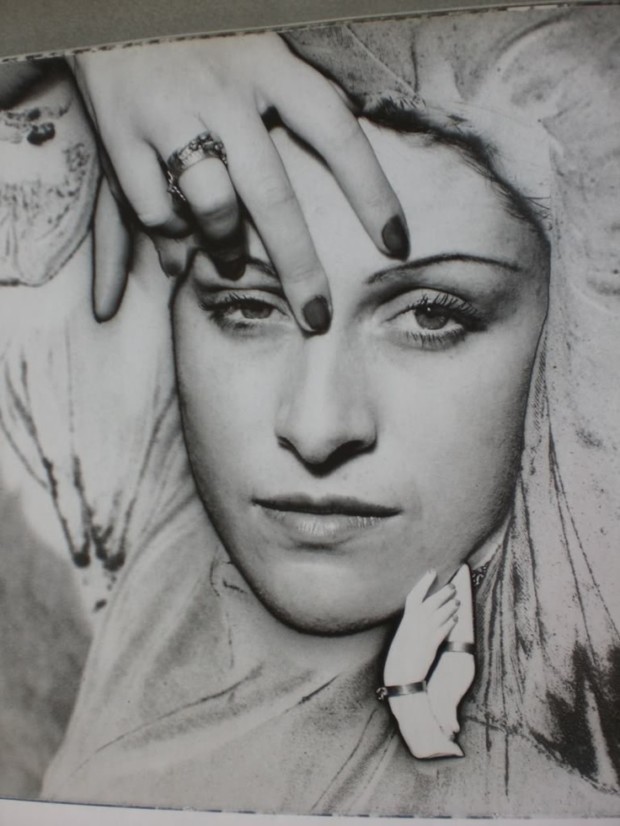


She suffered a mental breakdown after finding out about his affair with his next mistress Françoise Gilot in 1945. Maar once said to Picasso, “as an artist you may be extraordinary, but morally speaking you are worthless.”
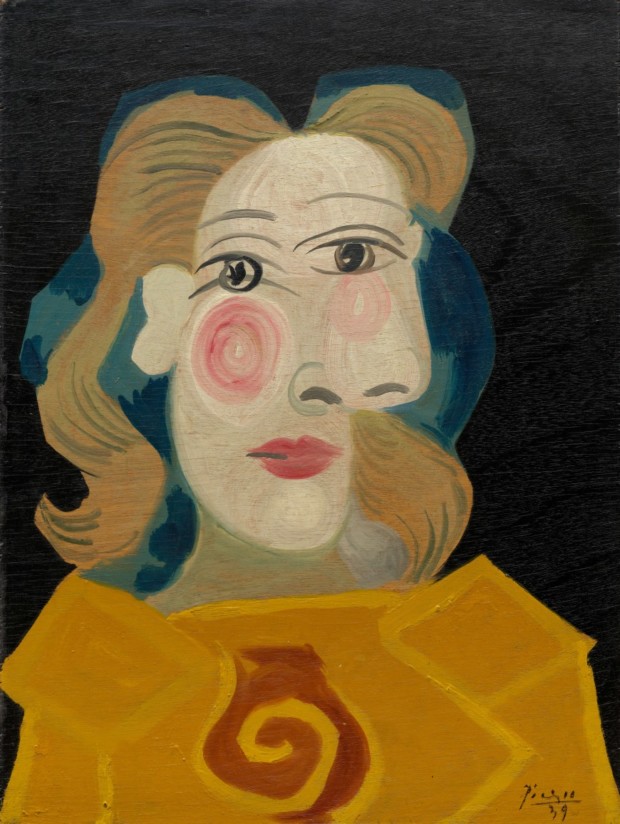


With Françoise Gilot, a 21-year-old aspiring painter and law student, he had two children named Claude and Paloma. She was deeply in love with the painter, but even that ardor was not strong enough to survive his difficult behavior. She could not stand his abuse and philandering and left him in 1953. In 1964, she published her memoirs called Life with Picasso and moved to New York.




As he had a preference for much younger women, while still with Gilot, he became involved in another affair with 24-year-old Genevieve Laporte, who also ended their relationship in 1953. In 2005, she auctioned 20 drawings of herself by Pablo Picasso.



In 1961, the painter married again at the age of 79. His 27-year-old bride was Jacqueline Roque.

Roque was his last muse and appeared in more than 400 of his paintings and ceramics. The artist died in 1973, with Roque by his side. She died 13 years later by suicide.
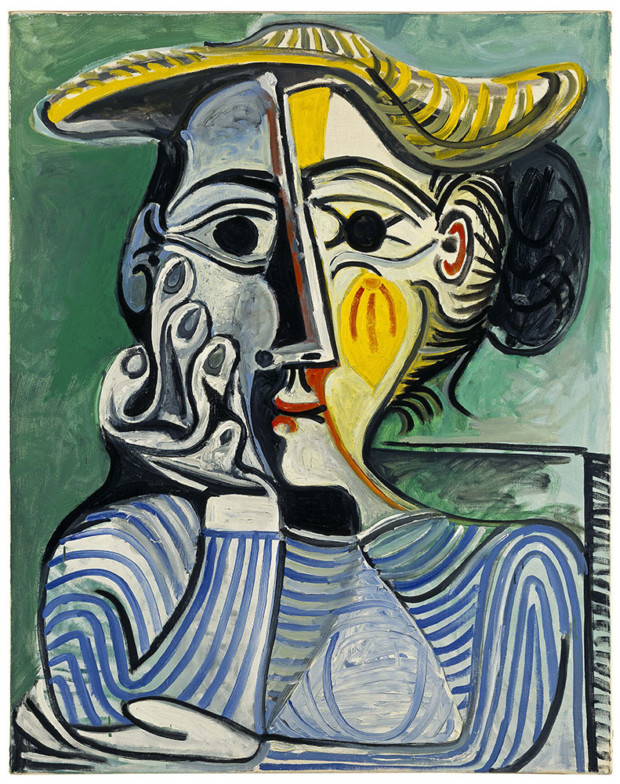


Fact often left out in art history is that Pablo Picasso was highly influenced by women in his life, whom he loved – but also mistreated and betrayed. At the end of the day, the question is: how should we evaluate him? As a great artist that he indeed was? Or as an extremely unfaithful partner? The choice is yours.
DailyArt Magazine needs your support. Every contribution, however big or small, is very valuable for our future. Thanks to it, we will be able to sustain and grow the Magazine. Thank you for your help!